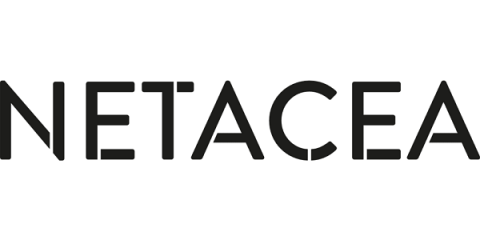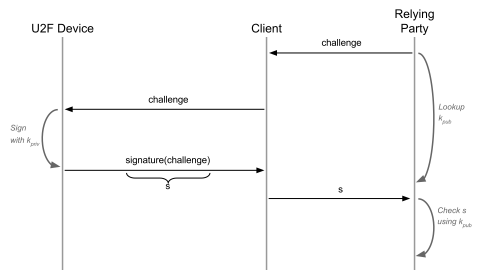The First Step to Achieving DevSecOps Is Shifting Security Culture Left
To achieve DevSecOps you need to shift security left. Sounds simple, right? Well, it’s easier said than done. A recent survey conducted by SANS Institute found that 74 percent of organizations are deploying software changes more than once per month – an increase in velocity of nearly 14 percent over the past four years. To release software monthly, weekly, or even daily, security has to be integrated into the development process, not tacked on at the end.











